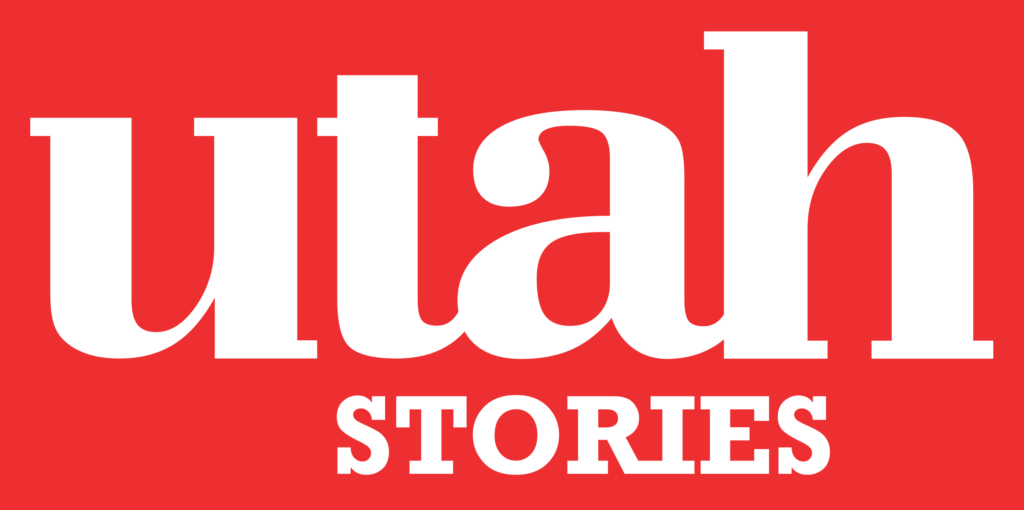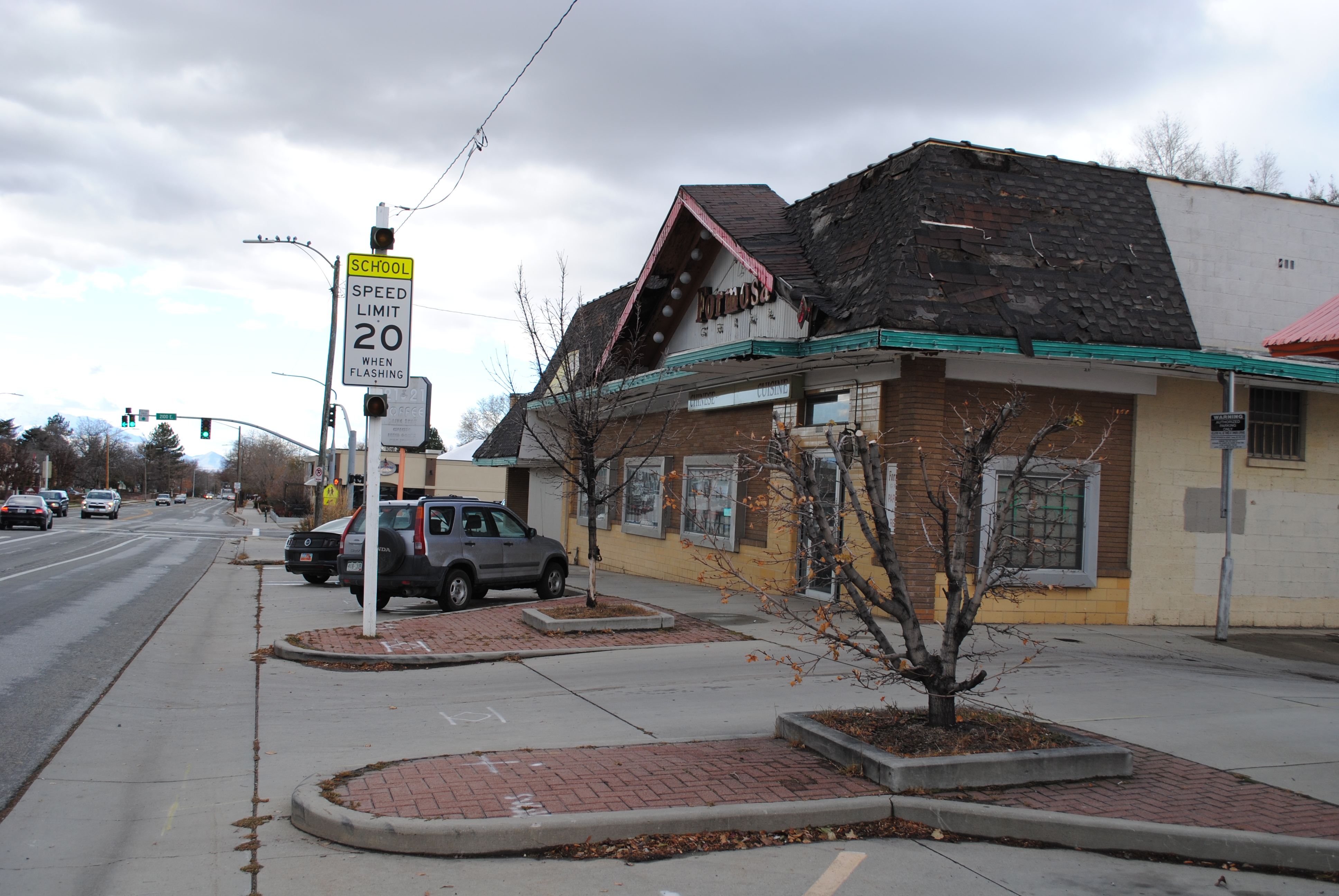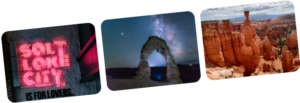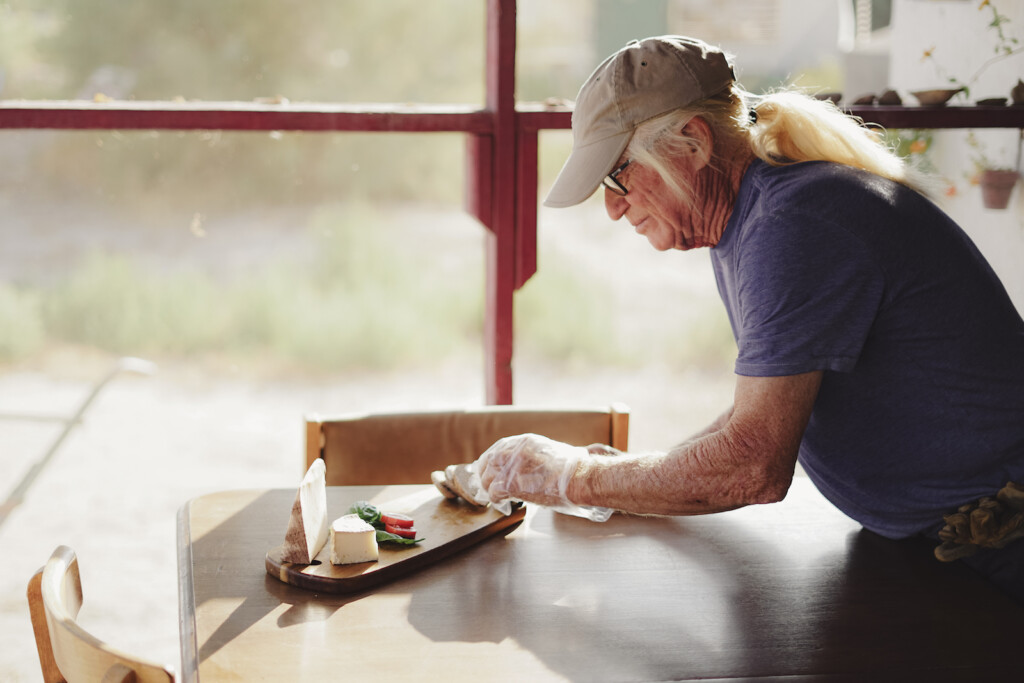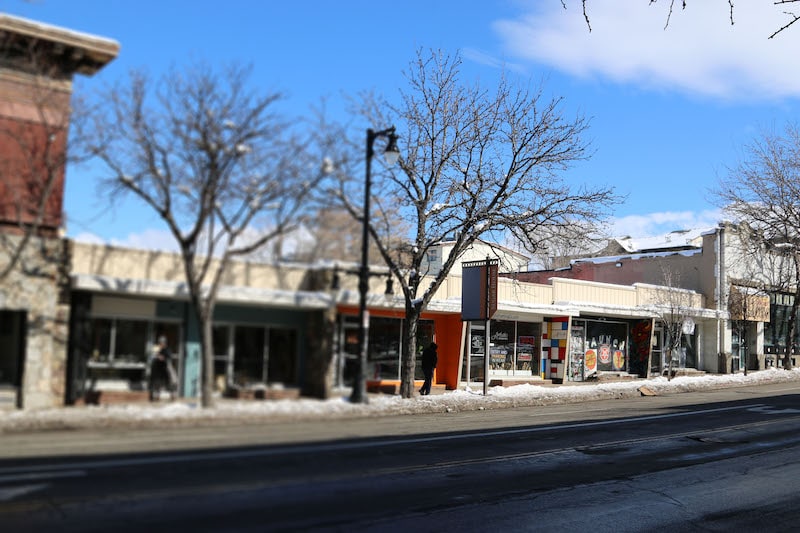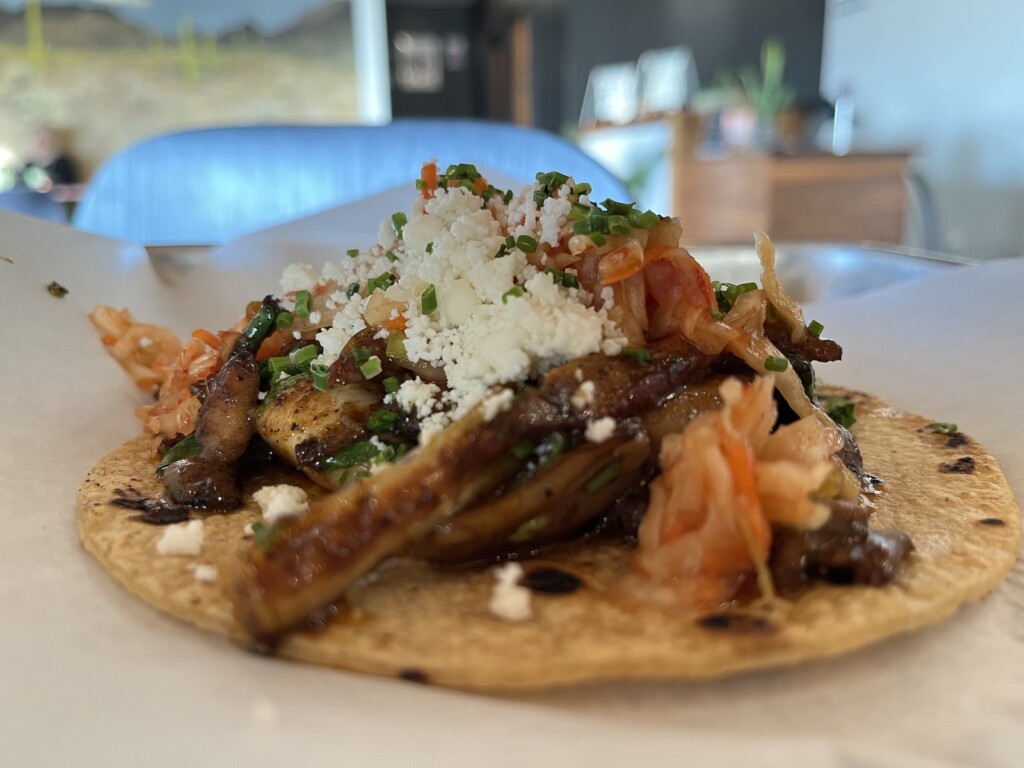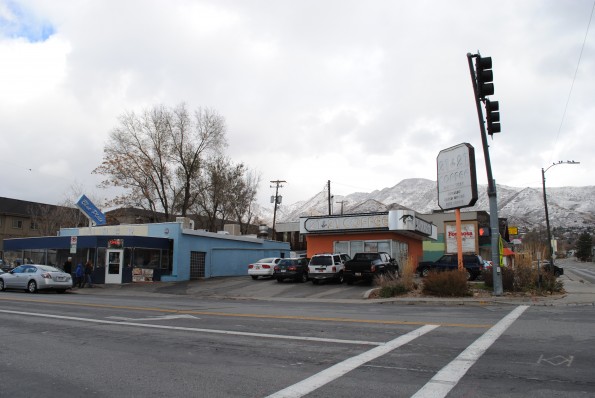 Utah Stories previously featured a look at the plans for redevelopment at the busy intersection of 21st East and 21st South. The site now attracts a new crowd, along with increased public speculation.
Utah Stories previously featured a look at the plans for redevelopment at the busy intersection of 21st East and 21st South. The site now attracts a new crowd, along with increased public speculation.
Great Harvest Bread Company, Star 21 Salon, and Blue Plate Diner have become favorite destinations, drawing patrons from the nearby Beacon Heights, Dilworth, Country Club and Sugar House Park neighborhoods. Recognizing the importance of local businesses in sustaining a growing community,. In 2011, the merchants of 21st & 21st organized a non-profit corporation to represent the area’s commercial interests.
J.D. Smith chairs the 21st & 21st Business District. He recalls earlier rumors about Walgreen’s possible consolidation of several properties, wiping out the smaller shops, and building on the corner. He says the area deserves a visionary developer who can capture the energy of the independent businesses, while preserving jobs and keeping pace with a rapidly growing community.
There are major challenges to achieving that goal. Half of the commercial spots are blighted and environmental issues must be addressed before any new construction can begin. Unlike other thriving neighborhood business areas such as both the east and west 9th & 9th districts, 21st & 21st is located on a major artery – the famous Lincoln Highway.
One development proposal has already surfaced, a mixed-use project that would feature a ground-level restaurant with retail space with 1-, 2- and 3-bedroom apartments above. The project is larger than permitted by existing zoning, but is currently being reconsidered. It represents the kind of development that offers housing options for a diverse population.
Meanwhile, a Citywide Transit Plan is underway to determine how public transportation can be woven into all areas of Salt Lake City. Last year, 2100 South was one route being considered for an extension of the “S-Line” streetcar in Sugar House. In anticipation of future transportation needs, the 21st & 21st merchants asked the City to fund a Streetscape Enhancement project to address street beautification, signage, lighting, and safe pedestrian crosswalks.
But wait — there’s more! The EPA and Utah Department of Environmental Quality are conducting a study of tetrachloroethylene (PCE) contamination believed to be concentrated under the buildings at 21st & 21st, where a half-dozen dry cleaners and gas stations once operated. Mayor’s office spokesman Art Raymond says more sampling and analysis are necessary to determine if the groundwater, soil and indoor air have been affected before the agencies decide what to do.
In addition, there is talk of a Small Area Master Plan to sort everything out. According to Ellen Reddick, who helped organize the business district, each of these issues must be considered separately from the Project 21-21 proposal — they are not contingent upon one another and all of them take a long time. Art Raymond agrees; each of these processes is on its own track. None will move very fast, and there will be multiple opportunities for public comment. The first one will be Dec. 3, when the Sugar House Community Council will discuss Project 21-21 and send a recommendation to the City Planning Division.
This part of Salt Lake City is home to many large households, with parents who want their grown children to live nearby, and those who also want to stay in the neighborhood after the kids have moved away. As the Southeast district grows into the next phase of its life, it’s poised to become a model for housing where both population growth is generated, and residents can enjoy “aging in place.”
